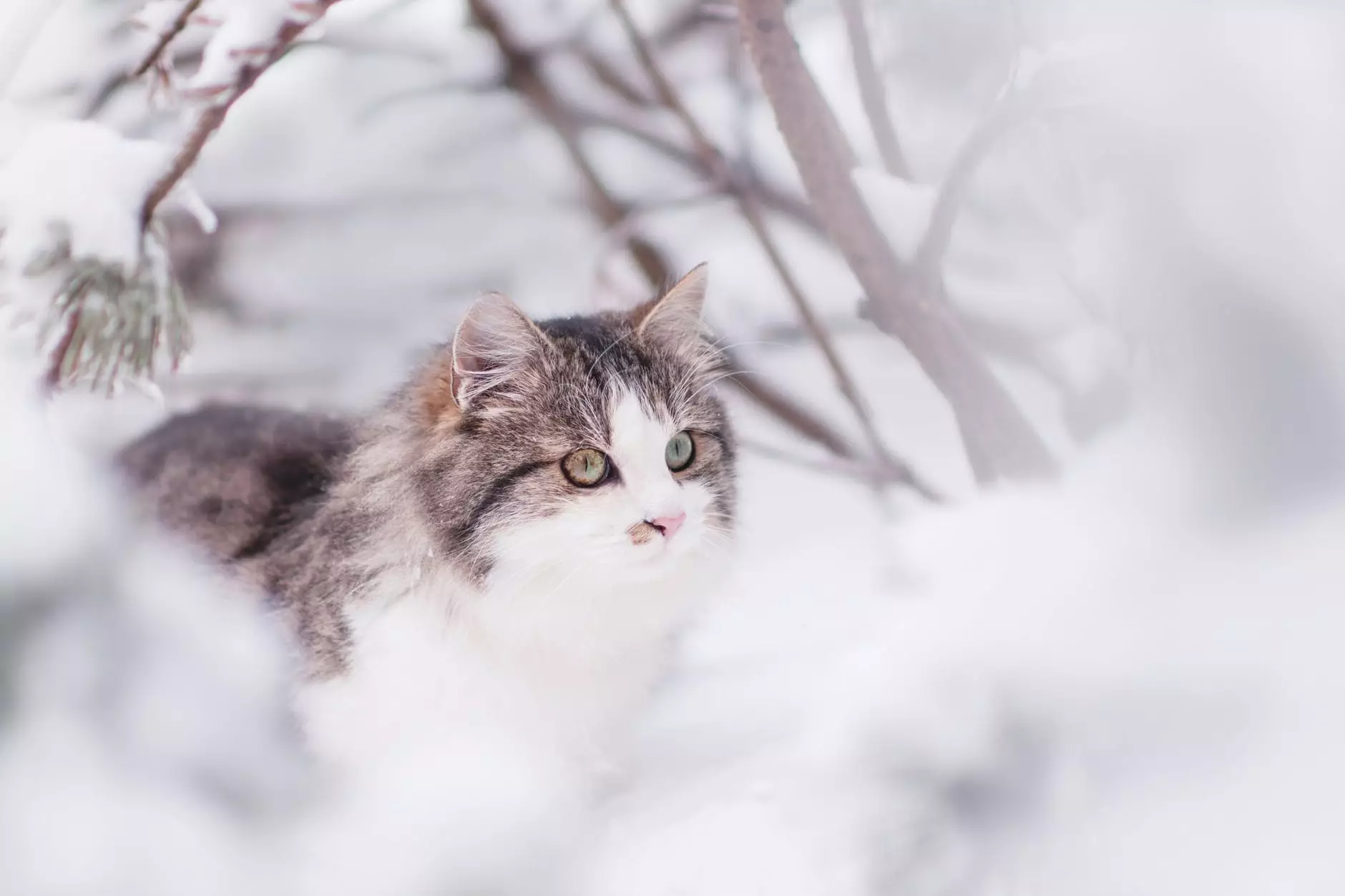As the temperatures drop and icy weather grips much of the UK, it’s vital for pet owners to take proactive steps to ensure the safety and wellbeing of their beloved companions. Veterinary surgeon Rebecca MacMillan, with her extensive experience and qualifications, offers crucial insights to guide pet owners through the challenges posed by winter conditions. Below are several key strategies to protect pets during this chilly season.
The Importance of Paw Protection
One of the most immediate concerns for pets in icy weather is their paws. Salt and chemical de-icers are often used to clear pathways; however, these substances can pose serious risks to animals. Grit and rock salt can irritate sensitive paw pads, while ingesting them during grooming can lead to gastrointestinal distress. Additionally, the presence of antifreeze is a hidden danger, as even a small spill can have dire consequences. Pet owners should be diligent about cleaning their pets’ paws after outdoor excursions and consider applying a moisturizing balm to maintain paw health and mitigate irritation.
Just like humans, pets also experience changes in their nutritional needs during colder months. Some pets will require an increase in caloric intake to maintain their energy levels in the cold, while others may need to cut back, especially if they are less active due to indoor confinement. Pet owners should monitor their pets’ weights closely during winter to prevent unwanted weight gain or loss and consult with a veterinarian to tailor a feeding regimen that meets their pet’s specific needs.
Hydration: An Often Overlooked Essential
Another critical aspect of winter care is ensuring that pets remain hydrated. A common misconception is that pets only need extra water during warm weather. Cold temperatures can also lead to dehydration, particularly if a pet isn’t consuming enough fluids. Owners should always provide fresh and unfrozen water, ensuring their pets have access to hydration throughout the day, regardless of the weather outside.
Safety Around Heat Sources
Heating devices such as space heaters can pose significant risks to pets. If a heater tips over or is knocked down, it could lead to fires or burns. It’s advisable to use heaters with anti-tip features and to locate them in low-traffic areas. Pet owners should also be vigilant about where they place any heating devices to minimize the risk of injuries to curious pets.
Never Leave Pets in Cars
During winter, it’s easy for pet owners to forget that leaving pets in a car can pose the same dangers as in summer. Cars can become extremely cold interiors, which can quickly lead to hypothermia for animals left inside. Always ensure that pets accompany the owner or are safely secured at home rather than left unattended in a vehicle.
Bathing: Finding the Right Balance
With dry, cold air often contributing to skin issues, finding a balance in grooming practices is crucial. While maintaining hygiene is essential, overbathing can lead to dry, itchy skin for pets. It’s recommended that owners limit baths during the winter months and consider employing home humidifiers to maintain moisture levels in the air, benefiting both humans and pets alike.
Pet owners often overlook the dangers that can lurk in their garages. Cats and small pets may seek warmth beneath the hoods of parked vehicles. Before using the vehicle, make it a habit to check under the car to ensure no furry friends have taken refuge there. This simple step can prevent serious accidents.
Regular Veterinary Care
Keeping up to date with vaccinations is vital to protect pets during winter months when certain illnesses may spike. It is essential for pet owners to ensure their pets are protected by immunizations, as frigid weather can weaken their immune systems.
Recognizing Hypothermia and Frostbite
Pet owners should be vigilant in recognizing the signs of hypothermia and frostbite. Symptoms such as shivering, lethargy, and discolored skin are red flags that demand immediate veterinary attention. Especially watch the tips of ears, tails, and paws for signs of frostbite, which can appear as pale, cold areas.
Preparedness for Emergencies
Lastly, preparing for potential power outages and severe winter weather is prudent. It’s wise to stock necessary supplies like pet food and medications to ensure that pets continue to receive proper care in case of an emergency.
Winter conditions can present unique challenges for pet owners. By implementing effective strategies like paw protection, monitoring dietary needs, and remaining aware of environmental risks, pet owners can ensure their furry friends stay safe and healthy throughout the colder months. This winter, let us commit to providing the vigilant care that our pets deserve.
